Managed File Transfer is a comprehensive technology that allows secure, efficient, and compliant data movement across various platforms, dramatically evolving traditional file transfer methods with enhanced visibility and control.
This category offers a reliable solution for businesses seeking to streamline secure data transmissions. By centralizing file transfers with improved automation, scheduling, and auditing functionalities, MFT ensures data integrity and compliance with industry regulations. It's recognized for enhancing user productivity, reducing error rates, and minimizing security vulnerabilities. Users report significant improvements in their data management processes, noting the solution's robust security features and unparalleled reliability.
What are the critical features of MFT?MFT solutions find applications across industries such as finance, healthcare, and government due to their capability to secure sensitive information seamlessly. Firms use them to comply with strict industry regulations while ensuring efficient data workflows that facilitate daily operations. MFT's adaptability makes it crucial for sectors where data security is paramount, enabling efficient operations without compromising compliance standards.
Organizations benefit from MFT by having a more secure data handling framework, which facilitates the seamless movement of information across different systems. Its capacity to improve data processing efficiency while reducing risks associated with file transfer errors makes it a beneficial investment for businesses aiming to enhance their data management practices.
| Product | Market Share (%) |
|---|---|
| GoAnywhere MFT | 10.8% |
| MOVEit | 9.4% |
| IBM Sterling File Gateway | 9.1% |
| Other | 70.69999999999999% |



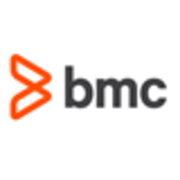










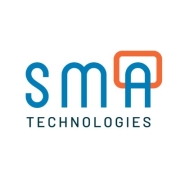


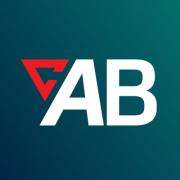







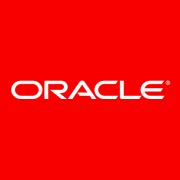






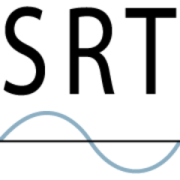

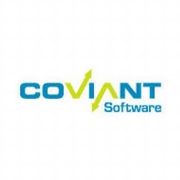

















FTP, otherwise known as file transfer protocol, is a protocol primarily used to transmit files between a client and a server on a network. FTPs are less secure than MFTs because transferred files are not encrypted and are usually sent via plain text, leaving data vulnerable. Moreover, FTPs lack automation features and fail to meet compliance requirements. In addition, because FTPs don’t have great authentication to retrieve or send data, they cannot adequately deal with cybersecurity issues like MFTs can.
In contrast to FTP, MFT uses industry-standard network encryption and protocols to ensure data is secure at all times, while in transit or not. Unlike FTPs, managed file transfers can automate manual processes that are time-consuming, and transfers can be simplified and tracked.
FTPs can be time-consuming to develop, maintain and troubleshoot. Although they offer free file transfer software, FTPs may cost more money in the long term because the damage of a data breach can be more detrimental to your organization.
SFTP, or secure file transfer protocol, works over a secure shell (SSH) to allow file transfer, access, and management over a secure data stream. It works by establishing a single secure connection to provide a heightened level of file transfer protection. Additionally, it uses encryption algorithms and authentication to keep files unreadable during the transfer process while simultaneously preventing unauthorized access during the process as well. SFTP is different from MFT not only in the way files are transferred but also in authentication; SFTP does not require two-factor authentication but does need a user ID and password along with SSH keys to ensure a more secure connection.
Managed File Transfer enhances data security by employing encryption protocols during file transfers, ensuring files are not intercepted or altered. You gain better control over access permissions, logging, and auditing capabilities, which help in tracking file activity and preventing unauthorized access. MFT solutions often comply with stringent data privacy regulations, offering peace of mind when dealing with sensitive information.
What are the key features to look for in a Managed File Transfer solution?When selecting a Managed File Transfer solution, prioritize features like end-to-end encryption, user access controls, and comprehensive logging and reporting. A reliable MFT should support various file types, offer automated workflows, and integrate with your existing IT infrastructure. Scalability and ease of use are also important, ensuring the solution grows with your business while maintaining efficient operations.
How do Managed File Transfer solutions improve workflow efficiency?MFT solutions automate and streamline file transfer processes, reducing the need for manual intervention. You can schedule transfers, set up automated notifications, and monitor all file movements in real-time. These features help minimize errors and downtime associated with manual file management, ultimately improving overall operational efficiency and productivity.
Why is compliance important in Managed File Transfer?Compliance is crucial in MFT because many industries are governed by strict regulations regarding data handling and privacy. By utilizing an MFT solution that adheres to these regulations, you ensure your organization's data management practices are in line with legal requirements, reducing the risk of data breaches and associated penalties. This not only protects your business but also builds trust with your clients and partners.
Can Managed File Transfer solutions integrate with existing business applications?Yes, most Managed File Transfer solutions are designed to integrate seamlessly with existing business applications and IT infrastructure. This compatibility allows you to automate file transfers across various platforms and applications, reducing the need for manual data entry and ensuring data consistency throughout the organization. Integration with existing systems enhances the overall workflow and maximizes the return on your investment.